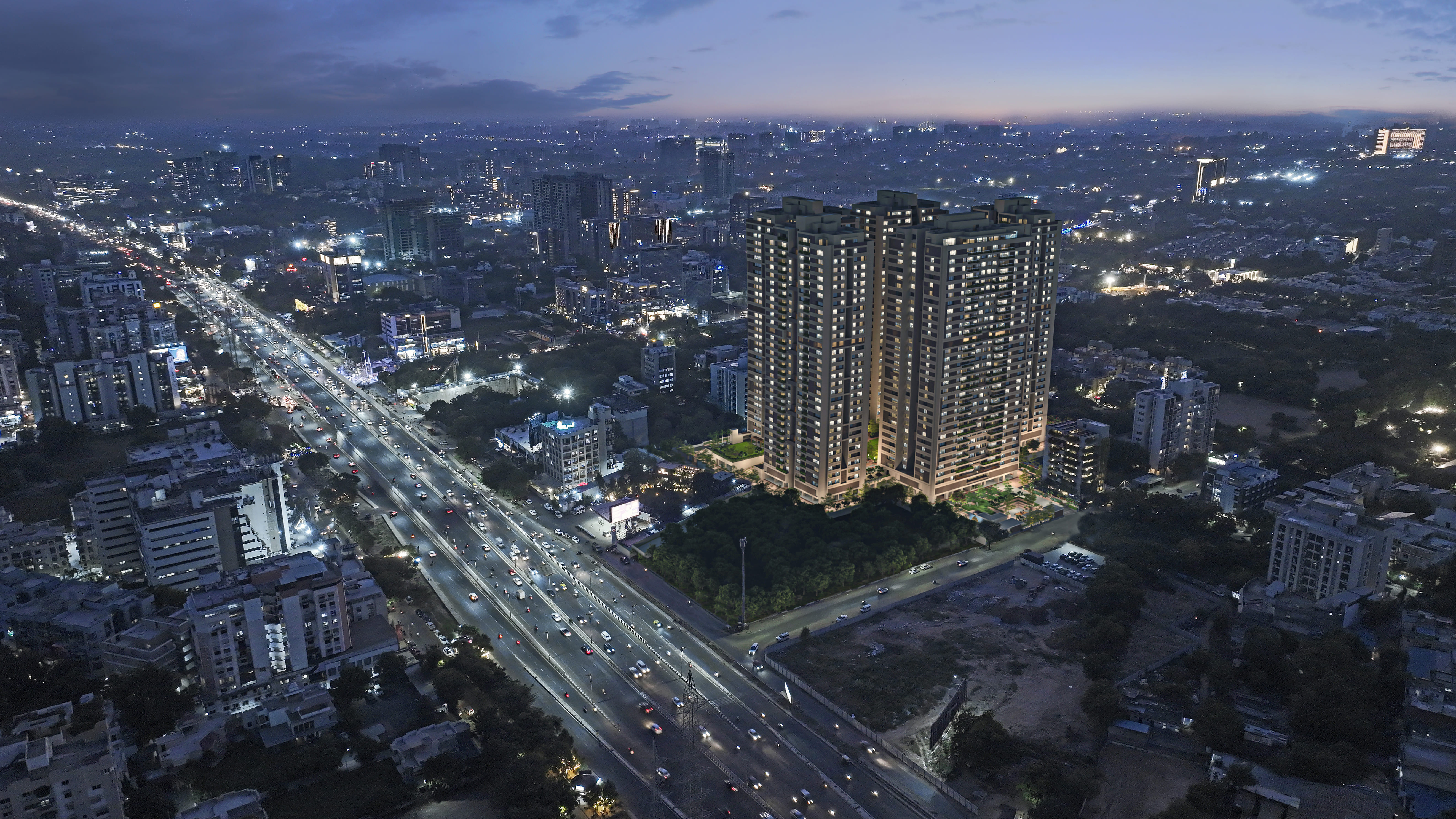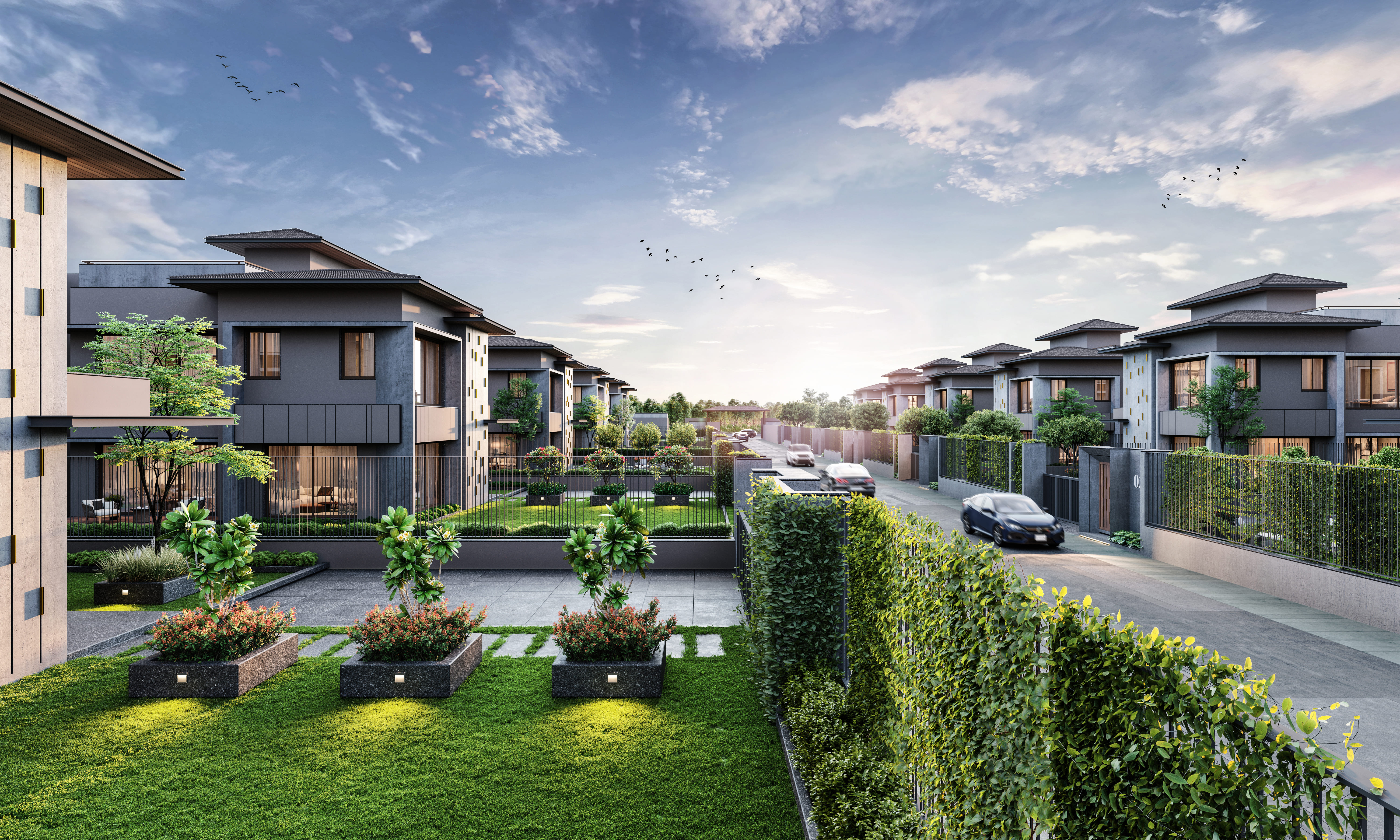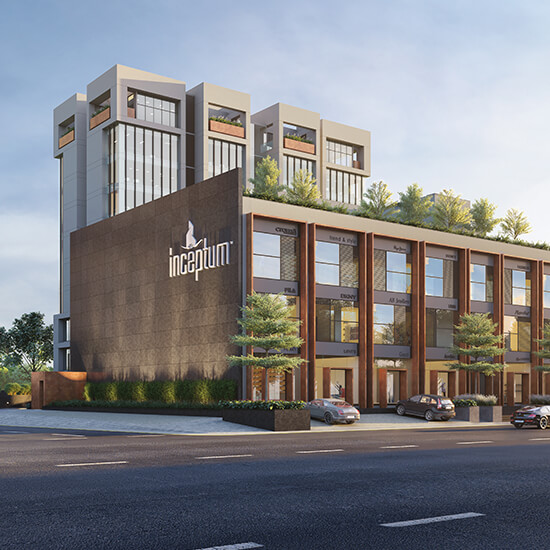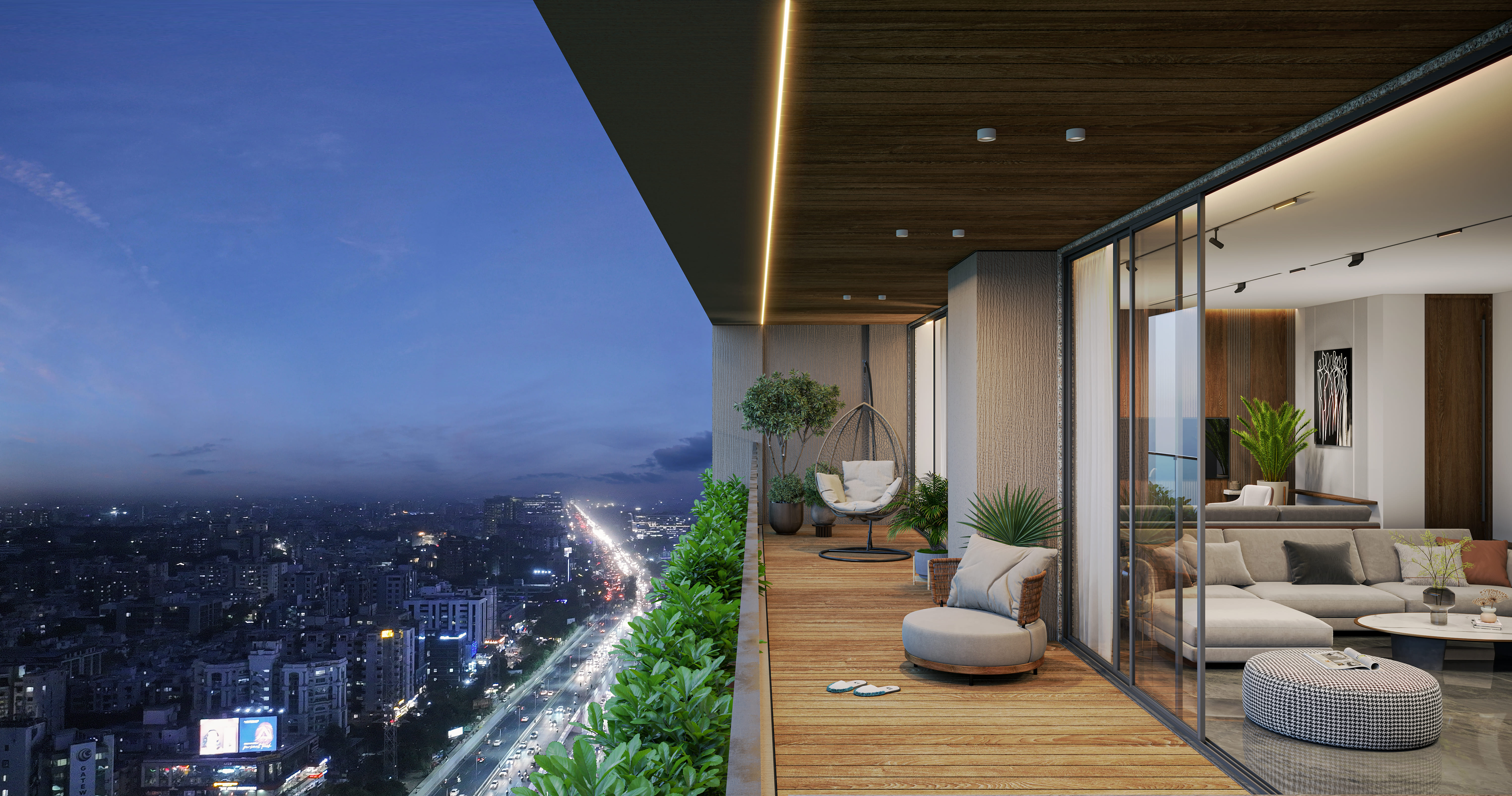RERA Area Vs Carpet Area Vs Built-up Area Vs Super Built-Up Area: Understanding the Real Difference Before You Buy a Property
Making a real estate investment is one of the biggest financial decisions in a person’s life. But what if the square feet you think you're getting aren’t fully usable? This confusion often arises from commonly used real estate terms like Carpet Area, Built-Up Area, Super Built-Up Area, and RERA Area. For anyone considering buying a home, understanding these terms is crucial. With the introduction of the Real Estate (Regulation and Development) Act, 2016 (RERA), the Government of India has brought much-needed clarity and transparency to how a property’s area is defined and sold.
Let’s break down each of these terms, clarify the difference between RERA Area & Super Built-Up Area, and explain why understanding this distinction is crucial before you sign on the dotted line.
What is RERA?
The Real Estate (Regulation and Development) Act, 2016—commonly known as RERA—was enacted to improve transparency, accountability, and consumer protection in the Indian real estate market. It came into force on May 1, 2017, and mandates clear definitions for Carpet Area, Built-Up Area, and Super Built-Up Area, making real estate transactions more straightforward for buyers.
What is RERA Area?
While the Carpet Area gives clarity on the liveable space inside the apartment, RERA introduced a more comprehensive measure.
RERA Area = Carpet Area + Balcony Area + Wash Area
This is a more transparent representation of the space that legally belongs to the buyer.
What is Carpet Area?
As per Section 2(k) of the RERA Act:
“The net usable floor area of an apartment, excluding the area covered by external walls, areas under service shafts, exclusive balcony or verandah area, and exclusive open terrace area. However, it includes the area covered by internal partition walls of the apartment.”
This is the actual usable area inside your home.
In simpler terms:
Carpet Area = Total Floor Area – Thickness of Internal Walls
Example: If the total floor area is 500 sq. ft. and the internal walls are 50 sq. ft., then:
Carpet Area = 500 - 50 = 450 sq. ft.
What is Built-Up Area?
Built-Up Area includes the Carpet Area plus the area occupied by internal and external walls, and often includes balconies.
Built-Up Area = Carpet Area + Walls + Balcony Area
This is slightly larger than the Carpet Area but still does not represent the total area for which you pay.
What is Super Built-Up Area?
This is also called the “saleable area” and includes:
- RERA Area (Carpet + Balcony + Wash Area)
- Proportionate share of common areas:
- Lobbies
- Staircases
- Elevators
- Clubhouse
- Swimming pool
- Gym
- Garden pathways
- Parking
- Security cabin
Built-Up Area = Carpet Area + Walls + Balcony Area
Example from Raymond Realty: If there are 50 units sharing a 10,000 sq. ft. common area, each unit might carry 200 sq. ft. of loading. Add this to a 1,000 sq. ft. Built-Up Area, and the Super Built-Up Area becomes 1,200 sq. ft.
What is Loading Factor?
The Loading Factor represents how much common area is being added to the Carpet Area to reach the Super Built-Up Area.
Loading (%) = (Super Built-Up Area - Carpet Area) / Carpet Area x 100
Example:
Carpet Area = 800 sq. ft.
Super Built-Up Area = 1,200 sq. ft.
Loading = (1200 - 800) / 800 x 100 = 50%
Why Did Super Built-Up Become Obsolete?
- Lack of Standardization: Loading ranged from 20% to 60% based on the builder
- Lack of Transparency: Buyers could not verify area usage
- Misleading Pricing: Inflated per-square-foot cost
- No Legal Backing: Not officially regulated by any authority
RERA was introduced to eliminate this ambiguity.
Key Differences Between RERA Area and Super Built-Up Area
| Feature | RERA Area | Super Built-Up Area |
|---|---|---|
| Includes | Carpet + Balcony + Wash Area | RERA Area + Common Area Share |
| Usability | Fully usable | Includes shared/unusable space |
| Legally Regulated | Yes (under RERA Act) | No |
| Transparency | High | Low |
| Used in Sale Deeds | Yes | No (earlier brochures only) |
| Pricing Basis | Accurate and fair | Often inflated |
How Does This Impact Property Pricing?
According to CREDAI, the pricing model has shifted. Earlier, a 1500 sq. ft. Super Built-Up home may have had only 900 sq. ft. of Carpet Area. Now, builders must declare and price properties based on RERA Area.
This ensures buyers know exactly what they’re paying for.
What About Old Properties Sold Based on Super Built-Up Area?
If you're buying a pre-RERA home:
- Ask for area breakdowns: Carpet, Built-Up, and Super Built-Up
- Cross-check RERA Carpet Area for comparison
- Visit the RERA authority website for accurate numbers
Why RERA Area is the Future of Real Estate
- Physically Measurable: Accurate to measure on-site
- No Hidden Costs: Transparent area representation
- Legally Mandated: Must be disclosed by developers
- Better Comparison: Enables apples-to-apples project evaluation
Conclusion
Understanding the difference between RERA Area and Super Built-Up Area is not just a technical detail—it’s a financial safeguard. In a real estate market where every square foot costs a premium, knowing exactly what you’re paying for makes all the difference.
With RERA, buyers are better protected, developers are held accountable, and transactions become more transparent. So the next time you go house hunting, insist on knowing the RERA Area—and make your investment with confidence.
Why It Matters More Than Ever in 2025
As India’s urban infrastructure grows and real estate investment becomes more data-driven, understanding area definitions like RERA Area and Super Built-Up Area is no longer optional, it’s essential.
With AI-driven property pricing models and digital sales platforms becoming the norm in 2025, buyers who are well-informed about RERA guidelines stand to make smarter, safer decisions. Whether you're a first-time homebuyer or a seasoned investor, clarity on space utilization ensures that your hard-earned money delivers actual value, not just inflated numbers on paper.


 4 & 5 BHLK Prestigious Living
4 & 5 BHLK Prestigious Living Opp. The Grand Bhagwati (TGB), Pakwan Circle, S.G Highway, Ahmedabad, Gujarat-380054
Opp. The Grand Bhagwati (TGB), Pakwan Circle, S.G Highway, Ahmedabad, Gujarat-380054




